One of the most reliable methods of frustrating chess computers is to play 1 d4 but then avoid the well-trodden paths of the Queen’s Gambit, in favour of delaying central occupation with c4. Instead white aims for an early e3, possibly supported by the queenside bishop fianchetto, or Bf4. The former is known as the Colle Attack, while the latter is called The London System.
Such great masters as Zukertort, Capablanca, Alekhine and even our reigning world champion Magnus Carlsen, have used these less explored ways of entering the middlegame. Now the ever-industrious Cyrus Lakdawala has attempted to impose order and structure on the various transpositional possibilities and multifarious strategic motifs in his instructional new book First Steps: Colle and London Systems
Yusupov-Luch: Warsaw Rapid 2005; Colle System
1 d4 Nf6 2 Nf3 e6 3 e3 d5 4 Bd3 Be7 5 Nbd2 0-0 6 0-0 b6 This is the Colle versus the Queen’s Indian, but with Black’s d-pawn committed to d5. This is a factor which favours White, since it becomes a lot easier to launch an attack on Black’s king with a quick Ne5. 7 Ne5 Nfd7 This move may be unnatural, but it serves an important purpose: if Black plays … f5, as a counter to White’s coming f4, his king will be a lot safer. The obvious issue is that it isn’t a developing move. 8 f4 f5 9 Qe2 Nxe5 10 fxe5 c5 11 c3 Bb7 (see diagram 1) 12 g4 It’s time to shift into wrecking ball mode. When Black plays … f5 against the reversed Stonewall structure, then g4 becomes the natural break. 12 … g6 12 … fxg4?! 13 Qxg4 allows White’s queen into the attack for free. 13 gxf5 gxf5 14 Kh1 Kh8 15 Nf3 Qc8 This idea to swap off Black’s bad bishop via a6 looks awfully slow, since it distracts Black’s queen from the defence of her king. 16 Rg1 Ba6 17 Bxa6 Nxa6 (see diagram 2) 18 e4!! A brilliant line-opening/pawn sacrifice. The move allows White’s entire formally dormant queenside pieces into the attack. 18 … dxe4 If 18 … fxe4 19 Bh6! Rg8 (19 … Rxf3 20 Qg2! and Black is mated) 20 Rxg8+ Qxg8 21 Rg1 with a winning attack. 19 Bh6 Rg8 20 Rxg8+ Qxg8 21 Rg1 exf3 Desperation. 21 … Qf7 fails to 22 Ng5 Qg6 23 Qxa6 and White’s bishop is immune, due to the knight fork on f7. 22 Qxf3 Black’s queen isn’t running away. 22 … Qxg1+ 22 … Qe8?? 23 Qg2! leaves Black curiously helpless to prevent mate, since Black’s queen is unable to play to g6, since then the a8-rook hangs. 23 Kxg1 Rg8+ 24 Kf1 Nc7 25 Qc6 The queen enters a target-rich environment. 25 … Bd8 26 dxc5 b5 27 Qd7 a6 28 Bg7+ Black resigns White wins a piece after 28 … Rxg7 29 Qxd8+ Rg8 30 Qxc7.
The World Junior Championship took place last month in Bhubaneswar, India. American grandmaster Jeffery Xiong won the title, finishing on 10½/13, ahead of Russian grandmaster Vladislav Artemiev on 9½. Today’s puzzle is taken from this event.
Got something to add? Join the discussion and comment below.
Get 10 issues for just $10
Subscribe to The Spectator Australia today for the next 10 magazine issues, plus full online access, for just $10.

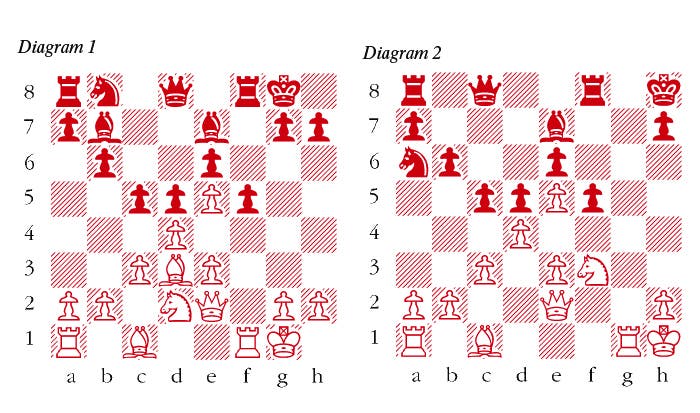
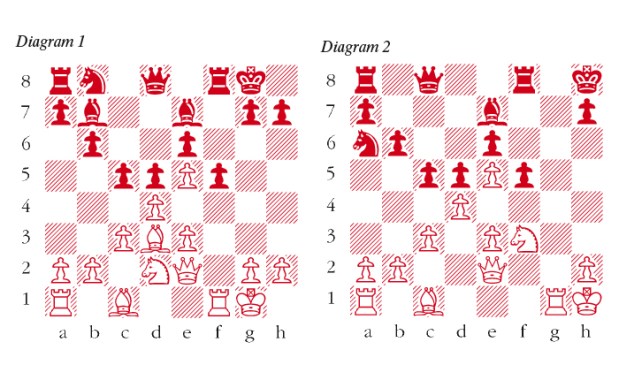
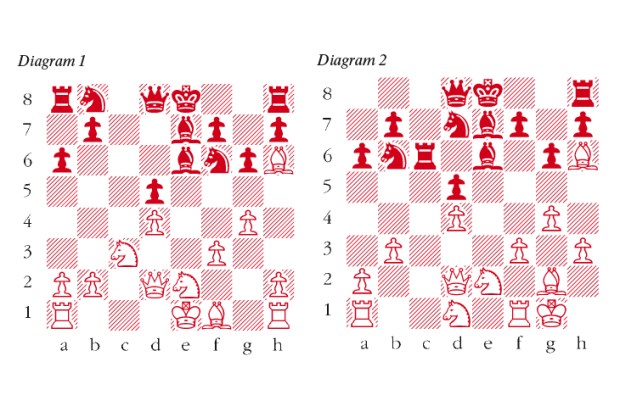
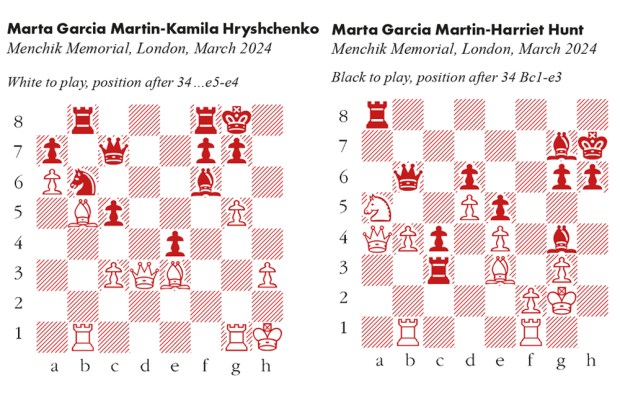

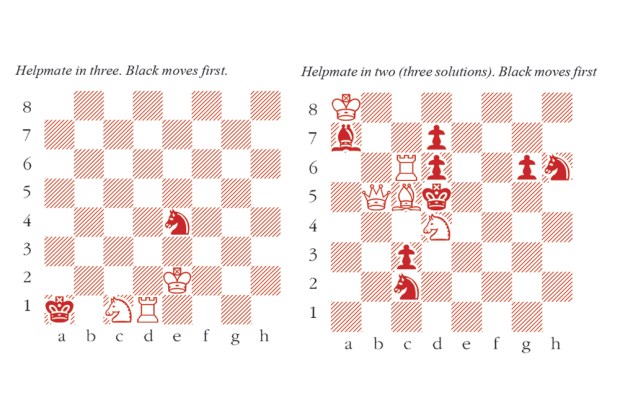
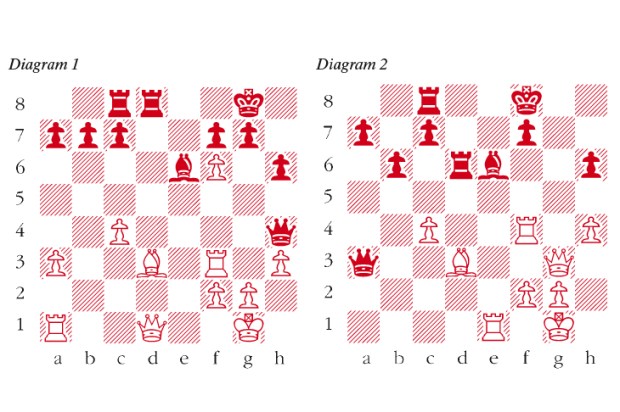






Comments
Don't miss out
Join the conversation with other Spectator Australia readers. Subscribe to leave a comment.
SUBSCRIBEAlready a subscriber? Log in